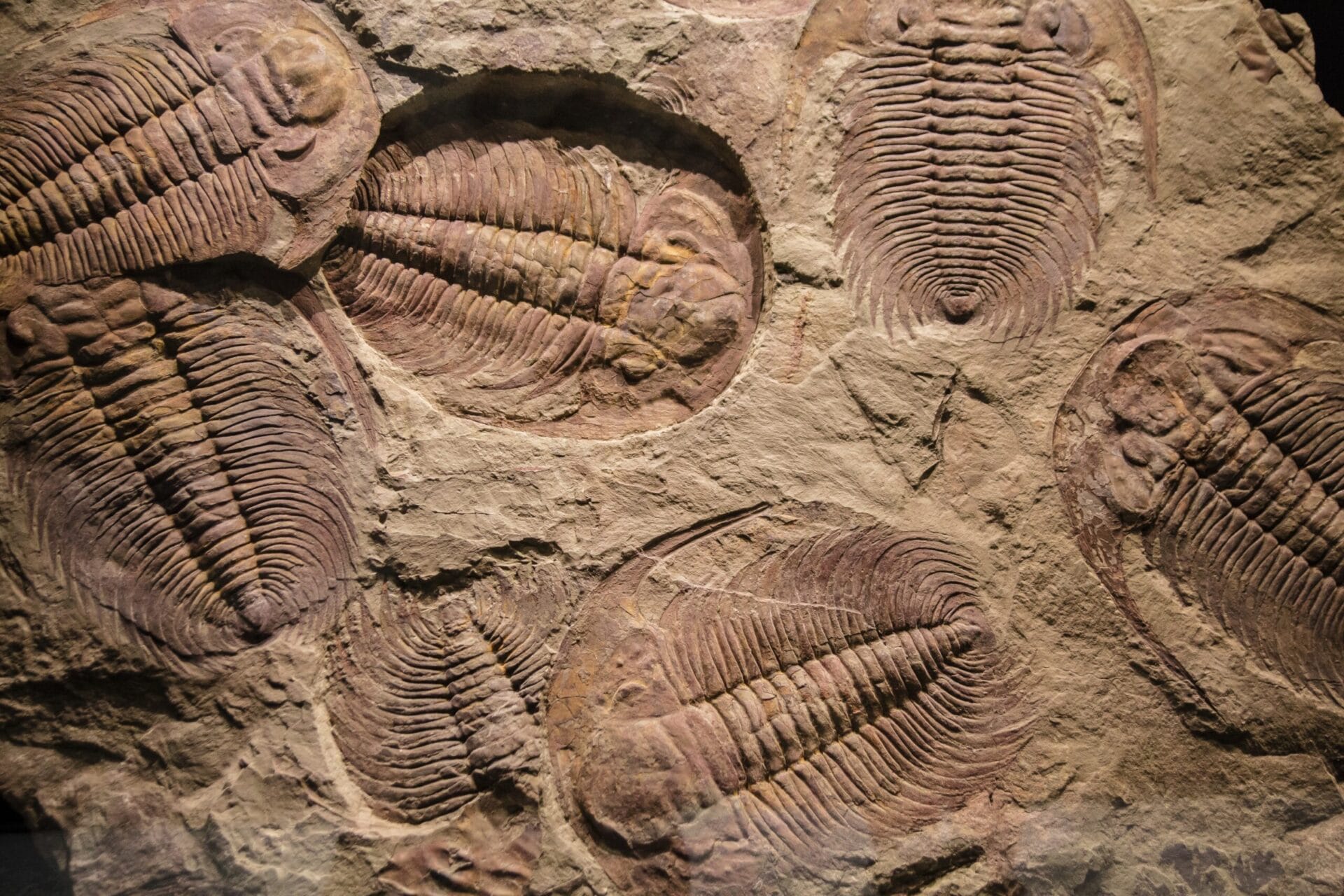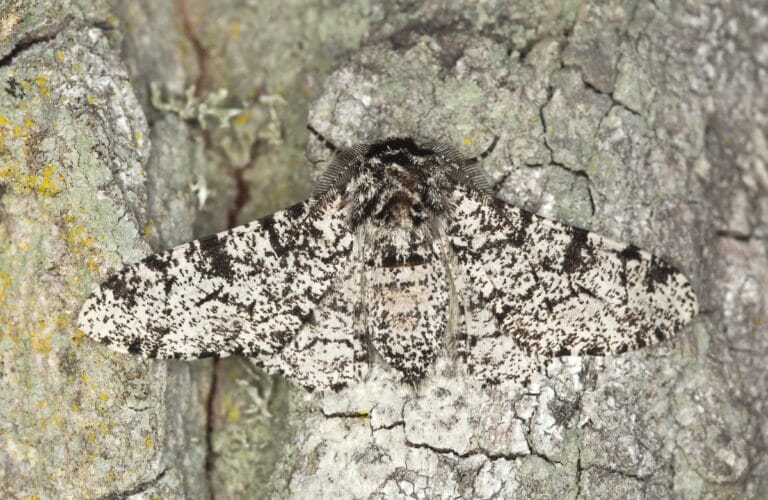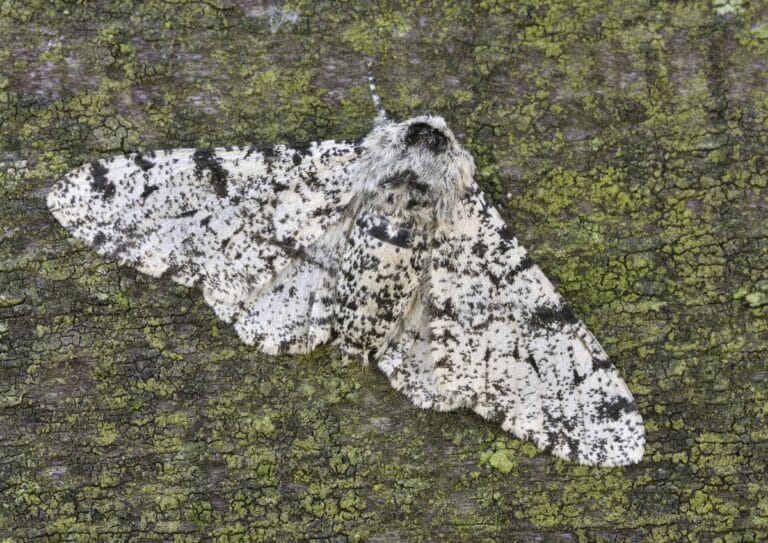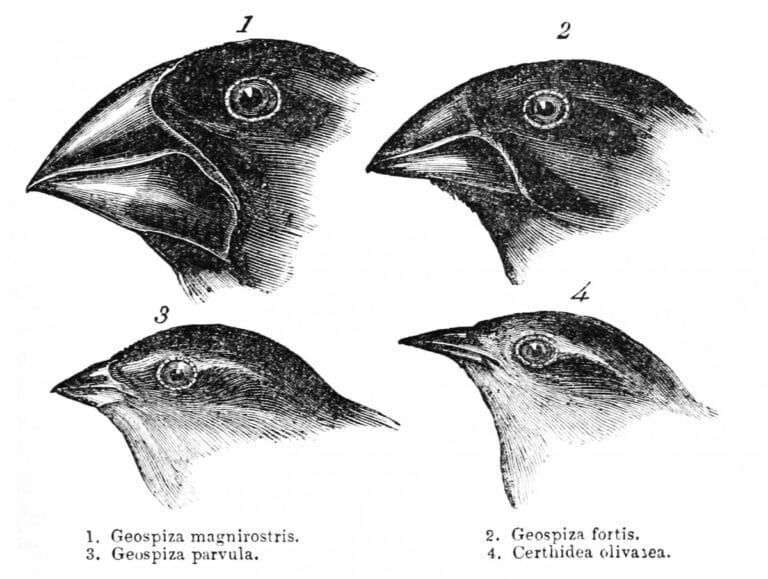What is evolution?
Image credit: Shutterstock

In biology, evolution is the change in the characteristics of a species over several generations and relies on the process of natural selection.
- The theory of evolution is based on the idea that all species are related and gradually change over time.
- Evolution relies on there being genetic variation in a population which affects the physical characteristics (phenotype) of an organism.
- Some of these characteristics may give the individual an advantage over other individuals which they can then pass on to their offspring.
What is natural selection?
- Charles Darwin’s theory of evolution states that evolution happens by natural selection.
- Individuals in a species show variation in physical characteristics. This variation is because of differences in their genes.
- Individuals with characteristics best suited to their environment are more likely to survive, finding food, avoiding predators and resisting disease. These individuals are more likely to reproduce and pass their genes on to their children.
- Individuals that are poorly adapted to their environment are less likely to survive and reproduce. Therefore their genes are less likely to be passed on to the next generation.
- As a consequence those individuals most suited to their environment survive and, given enough time, the species will gradually evolve.
Natural selection in action: the Peppered moth
- Before the industrial revolution in the mid-1700s, the peppered moth was most commonly a pale whitish colour with black spots.
- This colouring enabled them to hide from potential predators on trees with pale-coloured bark, such as birch trees.
- The rarer dark-coloured peppered moths were easily seen against the pale bark of trees and therefore more easily seen by predators.

- As the Industrial Revolution reached its peak, the air in industrial areas became full of soot. This stained trees and buildings black.
- As a result, the lighter moths became much easier to spot than the darker ones, making them vulnerable to being eaten by birds.
- The darker moths were now camouflaged against the soot-stained trees and therefore less likely to be eaten.
- Over time this change in the environment led to the darker moths becoming more common and the pale moths rarer.

What have genes got to do with it?
- The mechanisms of evolution operate at the genomic level. Changes in DNA sequences affect the composition and expression of our genes, the basic units of inheritance.
- To understand how different species have evolved we have to look at the DNA sequences in their genomes.
- Our evolutionary history is written into our genome. The human genome looks the way it does because of all the genetic changes that affected our ancestors.
- When DNA and genes in different species look very similar, this is usually taken as evidence of them sharing ancestors.
- For example, humans and the fruit fly, Drosophila melanogaster, share much of their DNA. 75 percent of genes that cause diseases in humans are also found in the fruit fly.
- DNA accumulates changes over time. Some of these changes can be beneficial, and provide a selective advantage for an organism.
- Other changes may be harmful if they affect an important, everyday function. As a result some genes do not change much. They are said to be conserved.
Different types of evolution
Convergent evolution
- When the same adaptations evolve independently, under similar selection pressures.
- For example, flying insects, birds and bats have all evolved the ability to fly, but independently of each other.
Co-evolution
- When two species or groups of species have evolved alongside each other where one adapts to changes in the other.
- For example, flowering plants and pollinating insects such as bees.
Adaptive radiation
- When a species splits into a number of new forms when a change in the environment makes new resources available or creates new environmental challenges.
- For example, finches on the Galapagos Islands have developed different shaped beaks to take advantage of the different kinds of food available on different islands.
